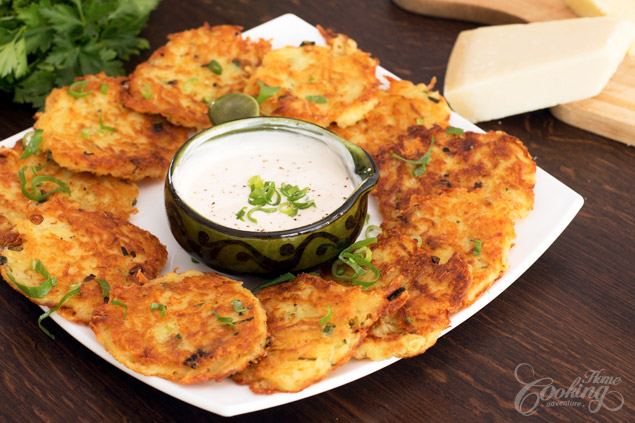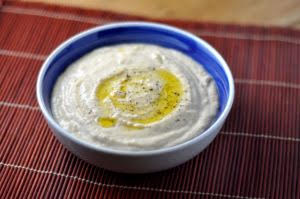My Las Vegas friend, Christine Vartanian Datian, has been busy again creating and preparing recipes which are then published in ‘Sunset’ – as well as – ‘Cooking Light’ online magazines. Recently her recipe for ‘Prosciutto and Asparagus Pasta’ appeared in Sunset’s online magazine.
 |
| Christine Datian’s Proscuitto and Asparagus Pasta (Photo credit: Annabelle Breakey) |
When Christine asked what I thought of the recipe, I told her it sounds delicious, however, I’d replace the prosciutto with basturma, but, hey, that’s just the Armenian in me!
In the past, we’ve featured a few of Christine’s other recipes, including Spicy Southwestern Tabbouleh, Bulgur Pilaf with Onions and Tomato Juice, and Red Lentil Soup.
Check out her new recipe, as well as the others, and give each of them a try.
In keeping with Christine’s recipe theme and the fact that it’s springtime, I thought I’d share some background information about ASPARAGUS:
- A member of the lily family, asparagus is in its peak-season from February to June, although it’s available year-round.
- The Michigan Asparagus Advisory Board states that asparagus is “one of the most nutritionally well-balanced vegetables in existence.” It provides a good source of Vitamin A, and contains a fair amount of iron and Vitamins B and C.
- First cultivated about 2,500 years ago in Greece, ‘asparagus’ means ‘stalk or shoot’, which also explains why asparagus is classified as the stem of the vegetable plant.
- The most tender, young stalks are a light green with a hint of purple in the tips. White asparagus, preferred in Europe, is grown underground to prevent it from turning green. The spears of the white variety are generally thicker and smoother than the green variety. There’s also a purple variety known as ‘Viola’.
- When buying asparagus, look for firm, bright green (or pale ivory) stalks; the tips should be tight. Generally speaking, asparagus with thick stalks come from more mature asparagus plants, but that does not detract from their taste or nutritional value.
- It is recommended to cook the asparagus the day of purchase, however, it should keep for 3 to 4 days in the refrigerator if tightly wrapped in plastic. It can also be stored standing upright in a glass filled with about an inch of water, covered with a plastic bag.
- Since asparagus is grown in sandy soil, be sure to wash the stems and tips thoroughly to remove any grit.
- Before cooking, snap off tough ends. If you like, you can use a vegetable peeler to remove the outer layer of the stalk.




